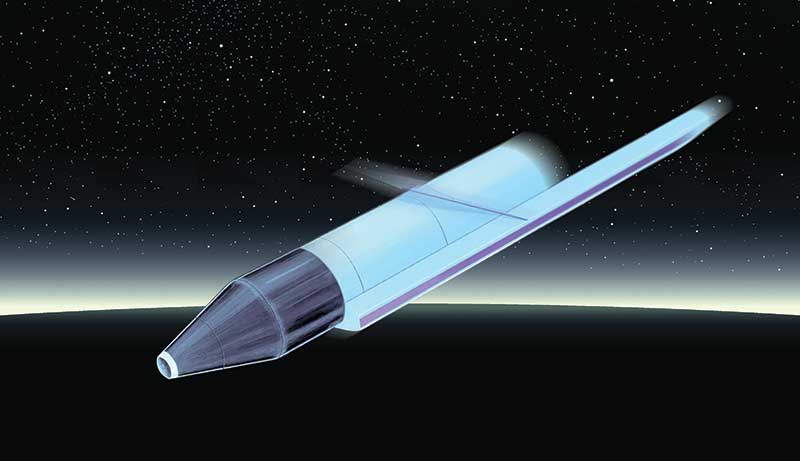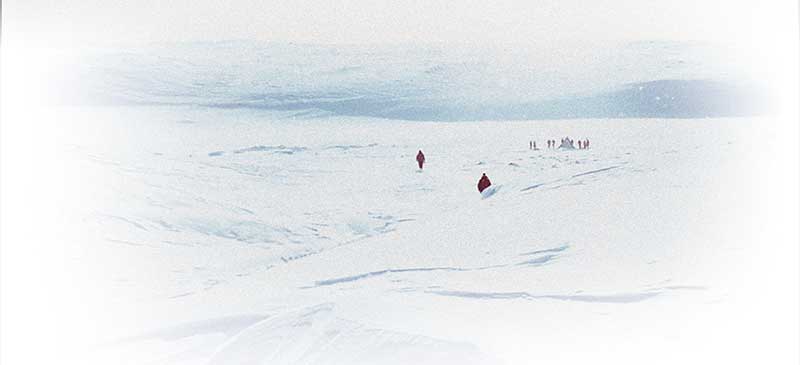
The Soviet Union and Russia have struggled with nuclear technology. The Soviets had to steal the plans for the original atomic bomb from the U.S.-led Manhattan Project, so perhaps they were never clear on the concept. Since then, they have left a trail of disasters.
Chernobyl is the first that comes to mind. It was the world’s worst nuclear accident, and the Soviet government tried, unsuccessfully, to conceal it. But 29 years earlier, there was the Kyshtym catastrophe, which contaminated 20,000 square kilometres of land and was covered up for decades.
The Soviet Union and Russia have had eight documented nuclear accidents, and have dumped twice as much nuclear waste into the world’s oceans as all other countries combined. If they’ve been historically inept when it comes to nuclear technology, however, they’ve been world leaders in hiding their mistakes.
One accident the Soviets couldn’t suppress was a nuclear-powered satellite that crashed on Canadian soil.
Early Soviet spy satellites orbited the Earth at a height of about 250 kilometres for a few months, then, when they were no longer operational, they were jettisoned to an orbit of some 1,000 kilometres. But when COSMOS 954, a nuclear-powered satellite that was launched in September 1977 finished its operational life, it started tumbling toward Earth.
The North American Air Defense Command (Norad) in Colorado noticed COSMOS 954 had started to descend and notified President Jimmy Carter. Carter phoned Prime Minister Pierre Trudeau and warned him that Canada was in the satellite’s track.

In the early morning of Jan. 24, 1978, Mario Ruman, who ran a janitorial service in Yellowknife, saw lights in the sky. “There was a main part,” he said, “like a bright light, and lots of small parts trailing behind it. The main part was like a bright fluorescent light, and each part had a long, bright tail. None of them made a sound.”
The remains of COSMOS 954 left a trail of radioactivity across 124,000 square kilometres. The affected area spread into northern Alberta and Saskatchewan.
The cleanup was a joint effort between Canada and the U.S. It took 10 months and resulted in the recovery of an estimated
0.1 per cent of the satellite’s nuclear power source. Twelve large pieces were recovered, 10 of which were radioactive. One piece contained enough radioactivity to kill a person within a few hours of contact. It was hoped that most of the 50 kilograms of uranium, along with the radioactive strontium, cesium and iodine had burned up high in the atmosphere.
The Soviets offered little information on the satellite and minimal co-operation in its recovery. Under the terms of the 1972 Convention on International Liability for Damage Caused by Space Objects, the country that launches an object into space is responsible for any damage it causes. Canada billed the Soviet Union $6,041,174.70 for its cleanup efforts. The Soviets eventually paid $3 million.
Ironically, the initial impact was near the Eldorado mine, where uranium used in the original Manhattan Project had been sourced. The nuclear experiment had come full circle.
Advertisement












